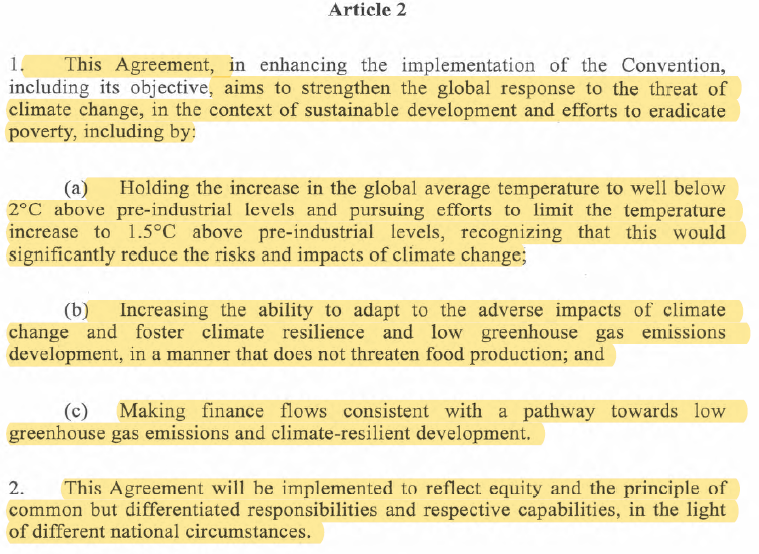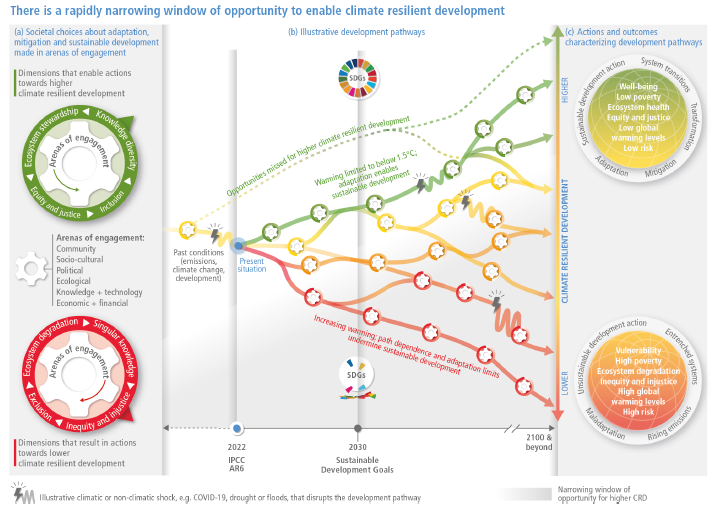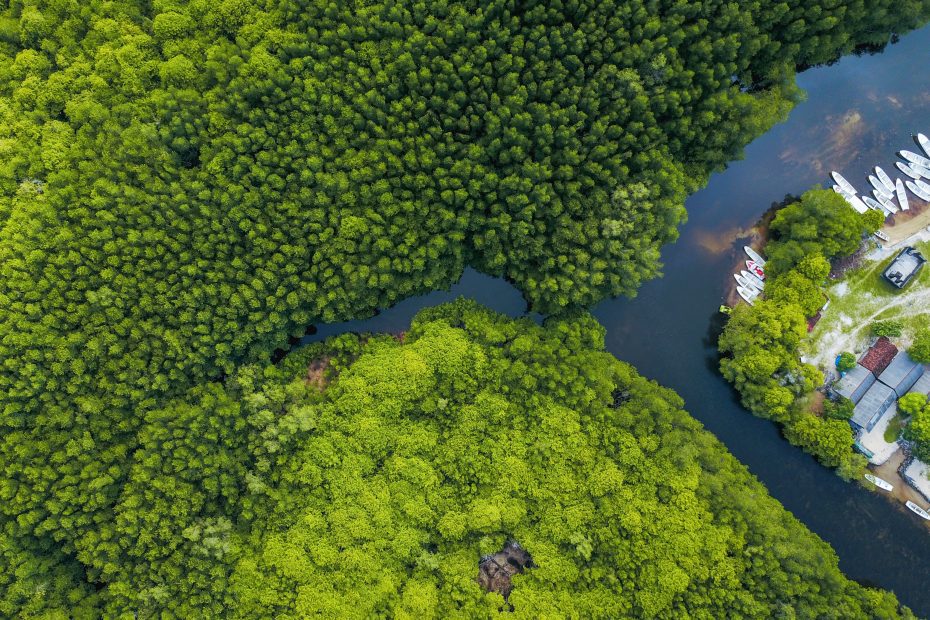Climate action means responding to climate change. Since the industrial revolution, we (humans) have added greenhouse gas emissions to the atmosphere causing global warming. The temperature of our planet is increasing, and as a result, fires, storms, and floods have increased in frequency and intensity; the ocean is warmer and more acidic, and the sea level is rising due to thermal expansion and ice loss. We take climate action when we address the risks and impacts of the changing climate that we (as species) have caused.
Climate actions include:
- Climate mitigation: reducing the sources of greenhouse gas emissions, e.g., by switching to renewable energy sources or by protecting forests and ocean ecosystems (enhancing the natural carbon sinks). It means transitioning to a low greenhouse gas emission economy across all countries, sectors, and activities, including energy and electricity generation, manufacturing, production, heating, buildings, land use change, food and agriculture, transport, waste, and water;
- Climate adaptation: reducing our exposure to climate risks and strengthening our resilience to the effects of climate change. It means taking action to protect people, settlements, and livelihoods from the impacts of climate change. For example, constructing flood defenses or developing more resilient crops, but also improving climate change education and awareness, capacity, and early warning systems;
- Finance flows: unlocking the investments needed for a sustainable green transition that leaves no one behind – remembering the “common but differentiated responsibilities” principle. Developed countries “shall provide financial resources to assist developing country Parties with respect to both mitigation and adaptation.”
Given that we all live on this beautiful, unique planet in the Milky Way, the goal is to hold the global average temperature increase to 1.5°C above pre-industrial levels and avoid the worst effects of climate change. This goal is set in the Paris Agreement. In 2015, 197 countries adopted the Paris Agreement acknowledging that climate change is a common concern of humankind.
The Paris Agreement (2015)

The latest update (2022) from hundreds of scientists – the IPCC reports- told us, “The cumulative scientific evidence is unequivocal. Climate change is a threat to human well-being and planetary health. Any further delay in concerted anticipatory global action on adaptation and mitigation will miss a brief and rapidly closing window of opportunity to secure a liveable and sustainable future for all.”*
*IPCC AR6 Climate Change 2022: Impacts, adaptation, and Vulnerability
We get the urgency of the problem. Let’s focus on the opportunities we have to create a better, green future.
Climate change & sustainable development
In the Paris Agreement, we find that the response to climate change should take place in the context of sustainable development. This means that, when addressing climate change, we need to take into account the sustainable development goals: harnessing the synergies and considering the trade-offs of the solutions.
I like that the image below is included in the IPCC report WG II on climate change’s impacts, adaptation, and vulnerability. It makes clear how climate action measures and policies can translate (or not) into a climate resilient development.
Climate resilient development (CRD) is the process of implementing greenhouse gas mitigation and adaptation measures to support sustainable development.
The figure shows how the climate pathways need to be assessed against social, economic, and environmental areas (those are the three most commonly known dimensions of sustainable development – in addition to peace and partnership).

We can see that we have already missed the opportunity for some pathways (the dashed green line) due to past emissions and lack of progress on the SDGs. In addition, climate resilient development pathways are progressively constrained by every increment of warming. However, we still have opportunities to limit our warming and enable sustainable development. This means planning mitigation and adaptation measures AND considering the impacts (benefit and trade-offs) on social and economic inequalities and the environment.
Signs of climate hope
In late July, the UN General Assembly adopted a historic resolution, declaring access to a clean, healthy, and sustainable environment a universal human right.
The UN Secretary-General, António Guterres, welcomed the historic decision adding that the decision will help States accelerate the implementation of their environmental and human rights obligations and commitments.
In mid-August, US president Biden signed the Inflation Reduction Act (IRA) into law. The bill addresses climate change, and the provisions make nearly $370 billion representing “the most aggressive climate investment ever taken by Congress,” says climate scientist prof. Michael E. Mann. “The provisions have the potential to greatly accelerate the clean energy transition and are a primary reason that this bill has the potential to cut US carbon emissions by 40% by the end of the decade.”*
* Penn experts explain the inflation Reduction Act
Australia has a new climate bill (passed through the lower house, in September to the Senate) with a 43% emissions reduction target to be achieved by 2030 and net zero by 2050. “The bill is not a detailed plan to address Australia’s role within the climate crisis or to prepare Australia for job and investment opportunities in a rapidly decarbonizing world. However, it is symbolically important in demonstrating that the new government cares about climate and is beginning to put in the work.”*
*Climate Council explains what the climate bill is and what is not
These are signs of hope. There is undoubtedly more work to do, especially regarding new fossil fuel projects. Last year, both the United Nations and the International Energy Agency stated that there can be no new fossil fuel developments if the world is to reach net zero by 2050.
Let’s make the just and green transition a reality.
My duty, as a global citizen & responsible parent, is to stay informed and keep demanding more and more climate action. I will keep doing it, and I hope you feel empowered to do the same.

